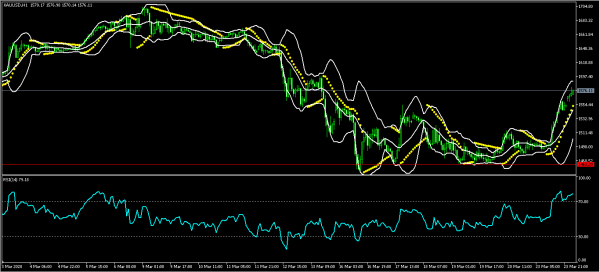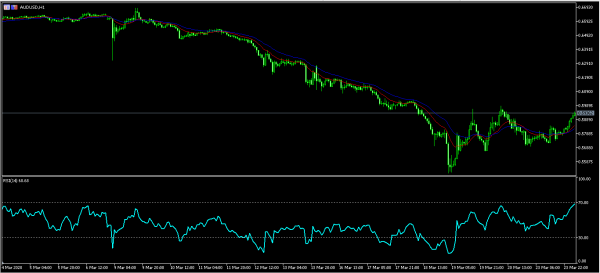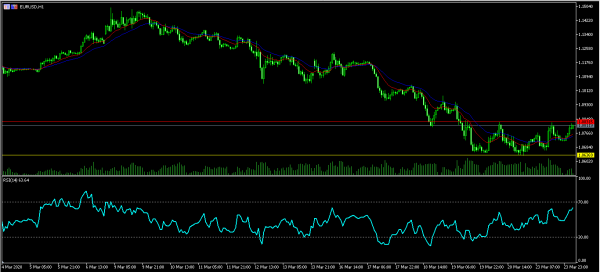US stocks ended lower yesterday as investors ignored the latest action by the Federal Reserve. The Dow and the S&P500 declined by about 3% while the Nasdaq lost 30 basis points. The Russel, which is made up of small cap companies, declined by 27 basis points. This price action came as the Fed pledged to buy unlimited assets as it tries to calm the market. Previously, the Fed had promised to buy assets worth more than $700 billion. The new action means that the bank is ready to spend more than the $4 trillion that it spent during the 2008/9 financial crisis. Still, some investors are worried that the Fed’s action in itself will not help solve the current situation. For example, it will not reopen the closed restaurants or make people fly internationally.
Political divisions in Washington continued after Democrats blocked an unprecedented $2 trillion stimulus package designed by the Republicans. The proposed deal will channel money to major businesses like Boeing, United, and Delta and small and medium-sized businesses that have been affected by the current crisis. It will also give relief to families, who have been forced to stay at home during the crisis. Democrats are calling for more worker protections and putting in place laws to limit how companies can spend the money. For example, they are talking about limiting share buybacks and dividends from the companies.
On economic data, today we will focus on the preliminary PMI numbers from IHSMarkit. These numbers will help us see a picture of what is happening around the world. In Japan, the preliminary PMI dropped to 44.8 from the previous 47.8 while in Australia, the PMI increased from 49.8 to 50.1. The flash manufacturing data from Germany, France, UK, and the EU is expected to drop to 39.6, 40.0, 45.0, and 39.0 respectively. From the US, data from Markit is expected to show that the PMI dropped to 42.8. New home sales are expected to have dropped by 2% in February.
EUR/USD
The EUR/USD pair rose slightly to an intraday high of 1.0820 during the Asian session as traders reacted to the new move by the Fed to expand its balance sheet. The price is slightly above the 14-day and 28-day EMA on the hourly chart while the RSI has been moving upwards. As seen on the hourly chart, the price is along an important resistance level. Therefore, the pair could remain bullish if it breaks the 1.0830 resistance. On the flip side, the pair may turn back and attempt to retest the support of 1.0636.
XAU/USD
The XAU/USD pair rose to an intraday high of 1,581.50 during the Asian session. This was the highest level since March 13 this year. On the hourly chart, the price is slightly below the upper line of the Bollinger Bands and above the dots of the Parabolic SAR. The RSI has also moved above the overbought level of 70. The trend could remain bullish as the dollar weakens and as more people move to gold for safety.
AUD/USD
The AUD/USD pair rose by almost 2% after positive manufacturing data from Australia. The pair reached an intraday high of 0.5943, which was higher than last week’s low of 0.5500. The price is slightly above the 14-day and 28-day exponential moving average on the hourly chart. The RSI has moved above the overbought level of 70. The pair may continue rising as traders react to the positive economic data from Australia.













